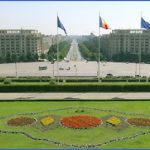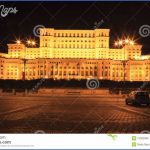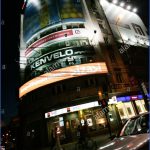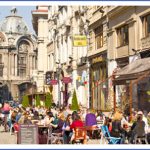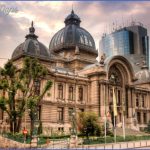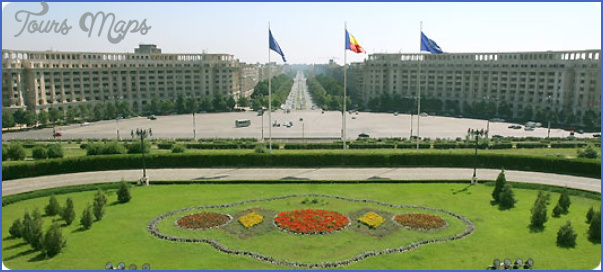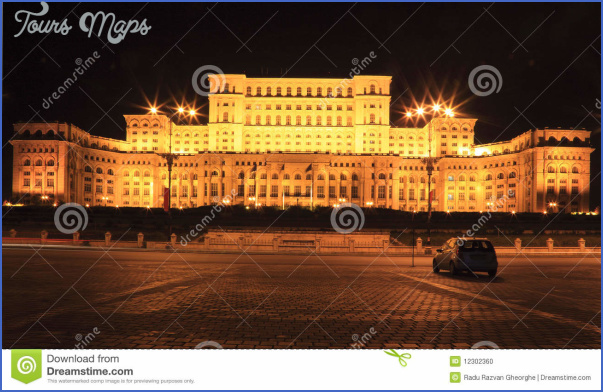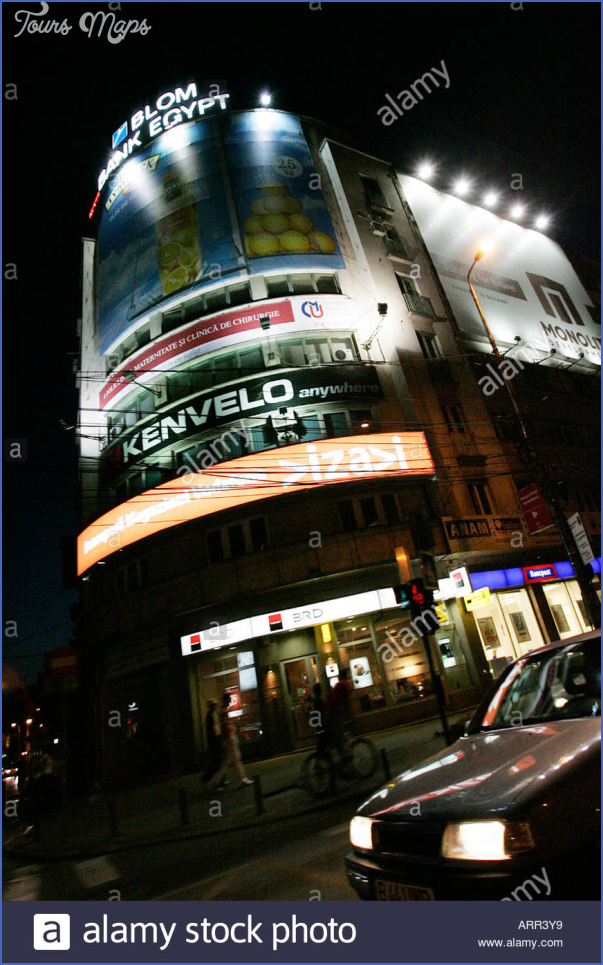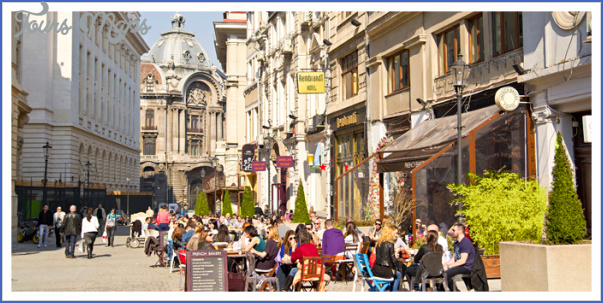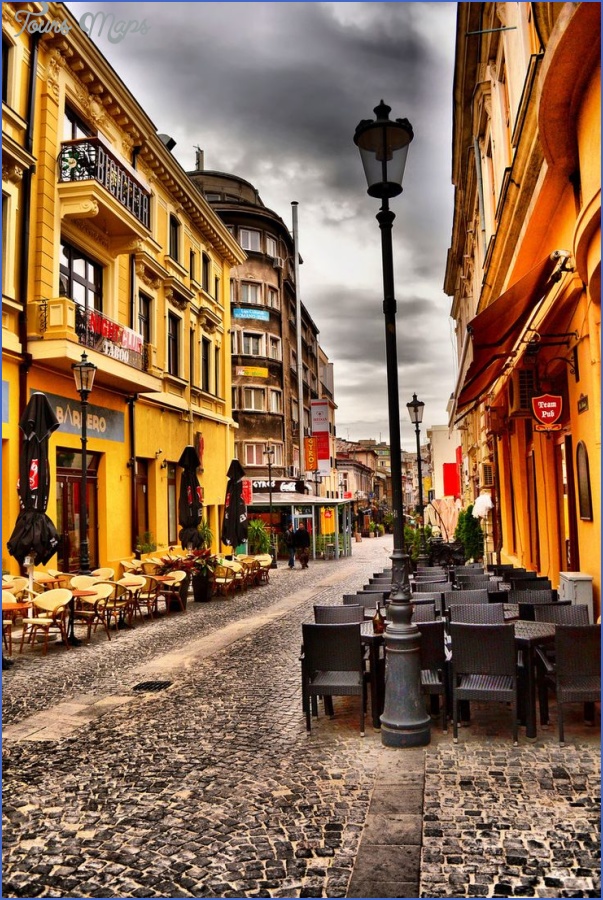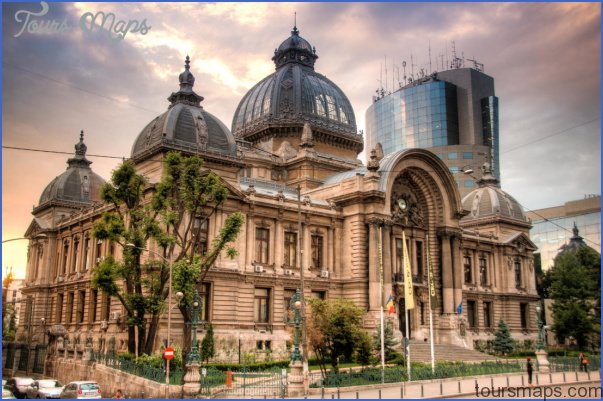Manuc’s Inn
An impressive architectural surprise, situated in the busiest area of Bucharest, is represented by Manuc’s Inn. Almost 200 years old, Manuc’s Inn had the good fortune to withstand the ages preserving the same architectonical shape of a fortress. The interior structures made of oak wood, the archways and interior terraces upheld on wooden poles give a feeling of tranquility, safety and hospitality. At present, Manuc’s Inn appears to visitors as an absolutely original hotel having a capacity of 55 places, a restaurant, the Hall of Archways, a wine-cellar based in the existing basement – Crama Domneasca, a mini-restaurant
The Rustic Room, a summer garden, having for shade the foliage of existing trees, as well as a protocol room, the perfect place for meetings or symposiums. Having a total area of approx. 3,000 m2, Manuc’s Inn succeeds in putting forth in the best conditions events which can reach up to 800 or 1,000 participants.
Traveling in Bucharest Photo Gallery
The Stavropoleos Orthodox Church
A historical and architectural monument, the church was build between 1724 and 1730 by the Greek archimandrite Ioanichie. The porch of the church having four stone columns is richly ornamented. Hidden between taller buildings, the Stavropoleos church is situated behind the former Post Office Palace (the current National Museum of History). This is an edifice showing the most representative and excellent influences of late Brancovenesc style. The stone columns, the pedestals, chapiters, and the railed porch attract the attention due to the skillful sculptures having vegetal and animal motifs.
The Village Museum
Situated in a picturesque area, on the banks of Herastrau Lake in Bucharest, this is one of the largest and oldest museums in Europe. Here we can see original monuments, such as houses, churches, water and wind mills, having an undeniable historical and artistic value. In a couple of hours the visitor is already familiarized with the characteristics of the Romanian village. Household objects – knitted works, pottery, carpets, icons and furniture – show us the originality of the people’s creation, the sensibility and passion proven by the people living in the countryside. Placed in enviable green area, the museum comprises approximately 300 buildings (houses, annexes, workshops, churches) from all Romanian regions.
Maybe You Like Them Too
- Romania Road Map Online
- Best Pre-Wedding Photoshoot Ideas
- Romania Map Of Counties
- Romania Map Google
- Romania Map Google Earth

